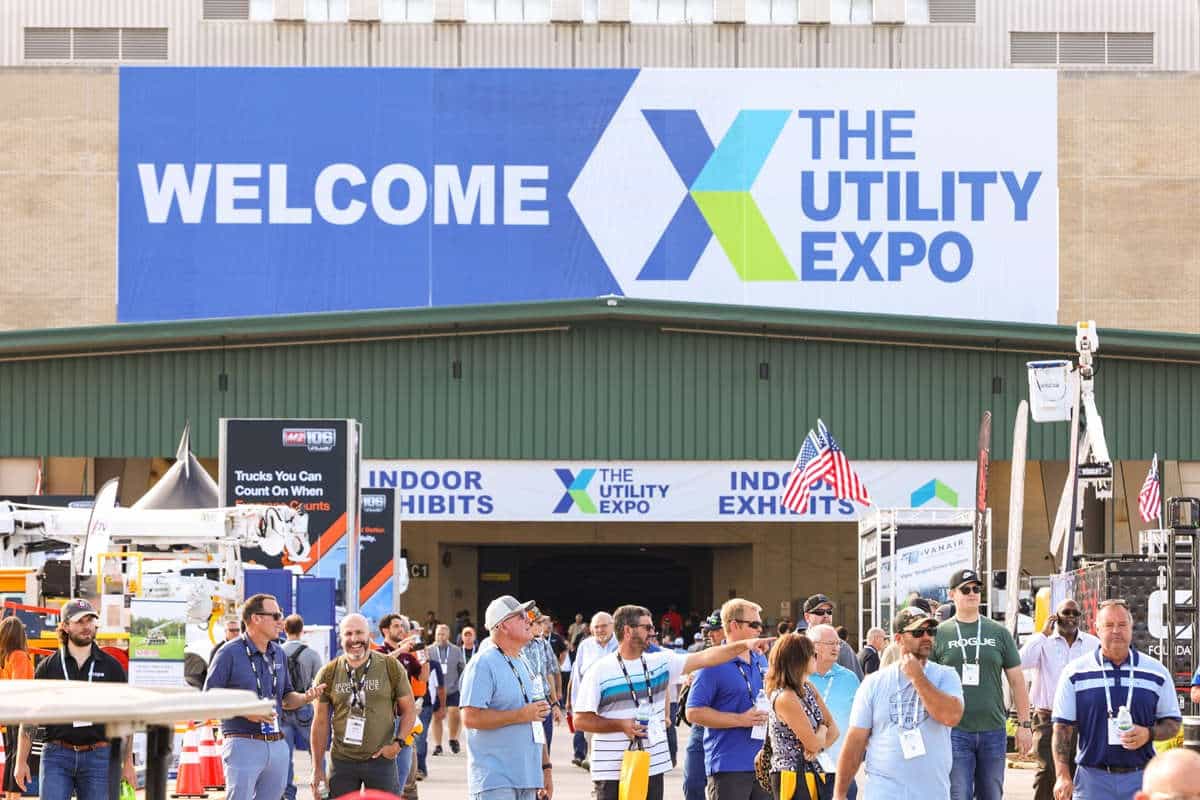Keeping Your Workers Safe: Is OSHA Compliance Enough?
 OSHA was created in 1970 and its clear and unwavering mission for almost 50 years has been “to assure so far as possible every working man and woman in the nation safe and healthful working conditions.” To put it simply, employers must provide every worker with a safe place to work. OSHA’s mission is to save lives, prevent injuries and illnesses, and to protect workers from hazards.
OSHA was created in 1970 and its clear and unwavering mission for almost 50 years has been “to assure so far as possible every working man and woman in the nation safe and healthful working conditions.” To put it simply, employers must provide every worker with a safe place to work. OSHA’s mission is to save lives, prevent injuries and illnesses, and to protect workers from hazards.
For example, when employees are working in a trench, the employer must comply with the Excavation Standard – Subpart P, which requires the employer to provide a trench protective system (shields, shoring, and/or proper shoring) and all other safety devices or equipment needed to make the trench safe and to ensure the workers’ well-being. While this starts with OSHA compliance, compliance may not be enough.
As I said before, it has been almost 50 years since the first OSHA standards were written. Even though many of them have been revised and updated, there is still more employers can do to improve safety within their companies. Compliance with OSHA regulations is just the beginning. Things have changed over the last five decades and many OSHA regulations have not been revised, and certain safety issues have yet to be regulated.
Think about your processes for a minute: have new construction techniques, materials, and equipment been added to your operations? Has anyone in your company reviewed the manufacturer’s safety recommendations for each new method used and all new equipment or materials that were recently added? Have workers who are implementing new techniques, working with new materials, or using new equipment been instructed how to proceed safely?
Based on the above, ask yourself: Is your company really in compliance. Your answer may be yes, but OSHA regulations do not specifically regulate all new materials or equipment. Let’s not forget that OSHA standards include the General Duty Claus and they will turn to the manufacturer’s safety recommendations to issue a general duty citation if workers are not following these recommendations.
Although OSHA tries to keep up with all the changes that occur in the industry, that is nearly impossible because the creation of new regulations takes years. The burden falls upon the employer to ensure their employees are informed about safety hazards and procedures associated with new techniques, materials, and equipment. Compliance can get increasingly difficult as these new factors are added. And, as said above, every employer is responsible for worker safety and regulation or no, the employer must provide a safe place to work.
Compliance Starts with Safety & Health Programs
Before I list some OSHA recommendations for construction safety and health programs, it’s important to ensure that managers know the applicable rules and regulations. If managers (including foremen and supervisors) do not know the OSHA rules and regulations, employers cannot expect jobsites to be safe and in compliance.
To help ensure compliance, employers should provide OSHA training for all managers and ensure that copies of the regulations are available. Managers should be instructed to review the regulations whenever they are not sure of what must be done to comply. Of course, managers should also be aware of the safety recommendations for new techniques, materials, and equipment, most of which will not be included in the OSHA standards.
Elements of a Safety and Health
Establishing an effective safety and health program for your company is one of the most effective ways to protect your business’s most valuable assets – your workers.
Managers and safety personnel should be aware of the recognized practices for safety and health programs in construction. The following are core program elements:
Management Leadership
• Commits to eliminating hazards and improving safety and health
• Communicates commitment to workers
• Sets program expectations and responsibilities
• Establishes S&H goals and objectives
• Provides adequate resources and support for the program
• Sets a good example
Worker Participation
• Involved with setting and reporting goals, investigating incidents, and tracking progress
• Understand their roles and responsibilities
• Encouraged to communicate and report hazards and/or suggested improvements
• Language barriers should be removed or addressed\
Hazard Identification and Assessment
• Procedures are in place to identify hazards and evaluate risks
• Hazards are prioritized and eliminated or controlled
• Periodic inspections and reassessments are made to identify reoccurring or new hazards
• Incidents including near misses are investigated to identify and control root causes
Hazard Prevention and Control
• Managers and workers work together to identify and select methods to prevent, eliminate, and control hazards
• Control starts with engineering control where possible, followed by safe work practices, administrative controls, and PPE
• A plan is developed to ensure controls are implemented and effective
Education and Training
• All workers are trained to understand how the program works
• All workers are trained about the responsibilities assigned to them
• Employers, managers, and supervisors are trained on safety concepts, protecting worker’s rights, and responding to workers’ reports and concerns
• All workers are trained to recognize hazards, control measures and how to perform their assigned tasks safely
Program and Evaluation
• Control measures are evaluated for effectiveness
• Processes are established to monitor program performance, verify implementation, identify short comings, and opportunities for performance
• Actions are taken to improve the H&S program
• Managers should annually audit the program and make changes when necessary
Additional Steps
It is important to ensure that communication and coordination have been established on multiemployer sites. GCs, contractors, and staffing agencies must ensure that all employees are informed of the safety program, trained to work safely, recognize hazards, and how to control hazards. Every worker, including temps, are entitled to a safe place to work.
If you have not already done so, start the new year out right and make sure you have a written S&H program in place and that it has been reviewed and updated. The most important reason is to ensure your workers have a safe place to work.
For more information about effective Safety and Health programs visits OSHA’s web page for recommended practices (https://www.osha.gov/shpguidelines/) and explore the many resources that are available at no charge. You will find information, ideas, templates, worksheets, and reference materials you can use to create or improve your company’s Safety & Health program.
Tags: November December 2018 Print Issue, Safety ManagementGeorge Kennedy is NUCA’s vice president of safety.




